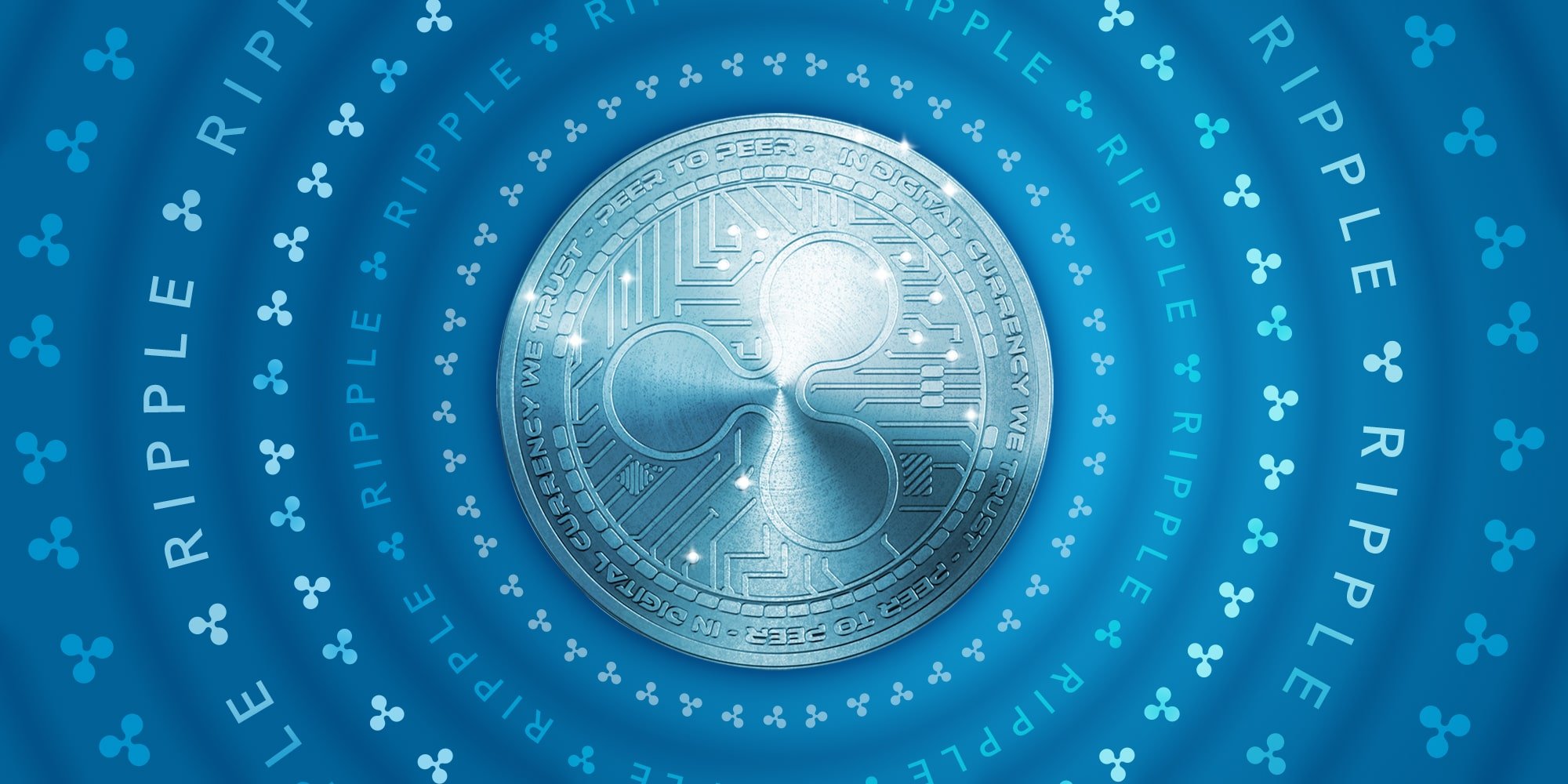**Ripple Partners with BNY Mellon to Advance RLUSD Stablecoin Custody and Institutional Blockchain Adoption**
In July 2025, Ripple took a significant step forward by partnering with BNY Mellon to manage custody for its RLUSD stablecoin. RLUSD is a U.S. dollar-pegged stablecoin designed for real-time bank settlements, offering financial institutions a reliable and regulated digital asset for cross-border transactions. This collaboration marks a milestone in Ripple’s mission to build compliant financial infrastructure that bridges traditional banking and blockchain technology.
### Institutional Custody as a Trust Anchor
One of the primary hurdles hindering blockchain adoption in finance has been the lack of secure and regulated custody solutions. Institutional investors and banks demand trusted storage options before embracing digital assets. Ripple’s entry into the digital asset custody space addresses this critical need.
By partnering with BNY Mellon—one of the world’s largest and most respected custodians—Ripple integrates traditional banking oversight into its ecosystem. This collaboration allows financial institutions to store and transfer assets within a secure and fully compliant framework. Ripple’s custody service goes beyond mere storage; it includes governance and regulatory controls essential for institutions abiding by anti-money laundering (AML) and know-your-customer (KYC) regulations.
Aligning custody solutions with established banking standards removes trust barriers, encouraging broader blockchain integration within regulated financial sectors.
### RLUSD Stablecoin: Enabling Predictable Settlements
Ripple’s RLUSD stablecoin plays a pivotal role in supporting real-time settlements and treasury operations. Pegged one-to-one with the U.S. dollar, RLUSD mitigates the volatility typically associated with cryptocurrencies, providing stability that banks require for high-value cross-border payments.
RLUSD’s design complements ongoing regulatory discussions concerning digital currencies. As central banks emphasize interoperability and oversight, RLUSD offers a centralized and monitored channel for moving digital dollars. This framework aligns Ripple’s ecosystem with global policy developments, giving banks a compliant and liquid pathway to interact with digital assets.
The introduction of RLUSD reinforces Ripple’s broader vision: to enable fast, transparent, and regulated blockchain-based financial operations without reliance on unregulated or speculative digital assets.
### XRP’s Evolving Role Within Ripple’s Infrastructure
With custody services and RLUSD at the core, XRP’s role is evolving beyond speculation. It now functions primarily as a bridge currency, facilitating quick and efficient conversions between fiat currencies across Ripple’s network.
As banks incorporate RLUSD and leverage Ripple’s custody capabilities, the demand for instantaneous currency conversion rises. XRP serves as a utility within this system, helping to accelerate settlements when speed is critical.
This shift from speculative asset to practical payment tool may alter institutional perceptions of XRP. Ripple’s integration of XRP into its back-end systems aims to support compliance, governance, and liquidity on a unified platform—qualities highly attractive to institutions needing reliability and speed in global transactions.
### A Shift in the Global Banking Landscape
Ripple’s infrastructure strategy aligns closely with worldwide movements toward regulated blockchain adoption. Financial authorities are increasingly defining legal frameworks for stablecoins and custody solutions, lowering barriers for banks to enter the digital asset space.
Through its partnership with trusted banking institutions like BNY Mellon, Ripple is effectively bridging traditional finance with blockchain technology. This collaboration allows banks to adopt blockchain tools confidently, without exposing themselves to undue risks.
The gradual acceptance of Ripple’s model reflects a broader change in how digital assets are perceived within regulated environments. As noted by recent analyses, such as one from Xfinancebull, Ripple’s approach represents a “slow-motion takeover”—a steady, infrastructure-first strategy rather than a speculative push.
As Ripple continues to mature its ecosystem, its blockchain-based financial rails may well become integral components of the global banking system’s future operations.
—
*Stay tuned for more updates on Ripple’s ongoing efforts to innovate at the intersection of blockchain and traditional finance.*
https://coincentral.com/ripples-custody-and-stablecoin-strategy-set-to-redefine-global-banking/



